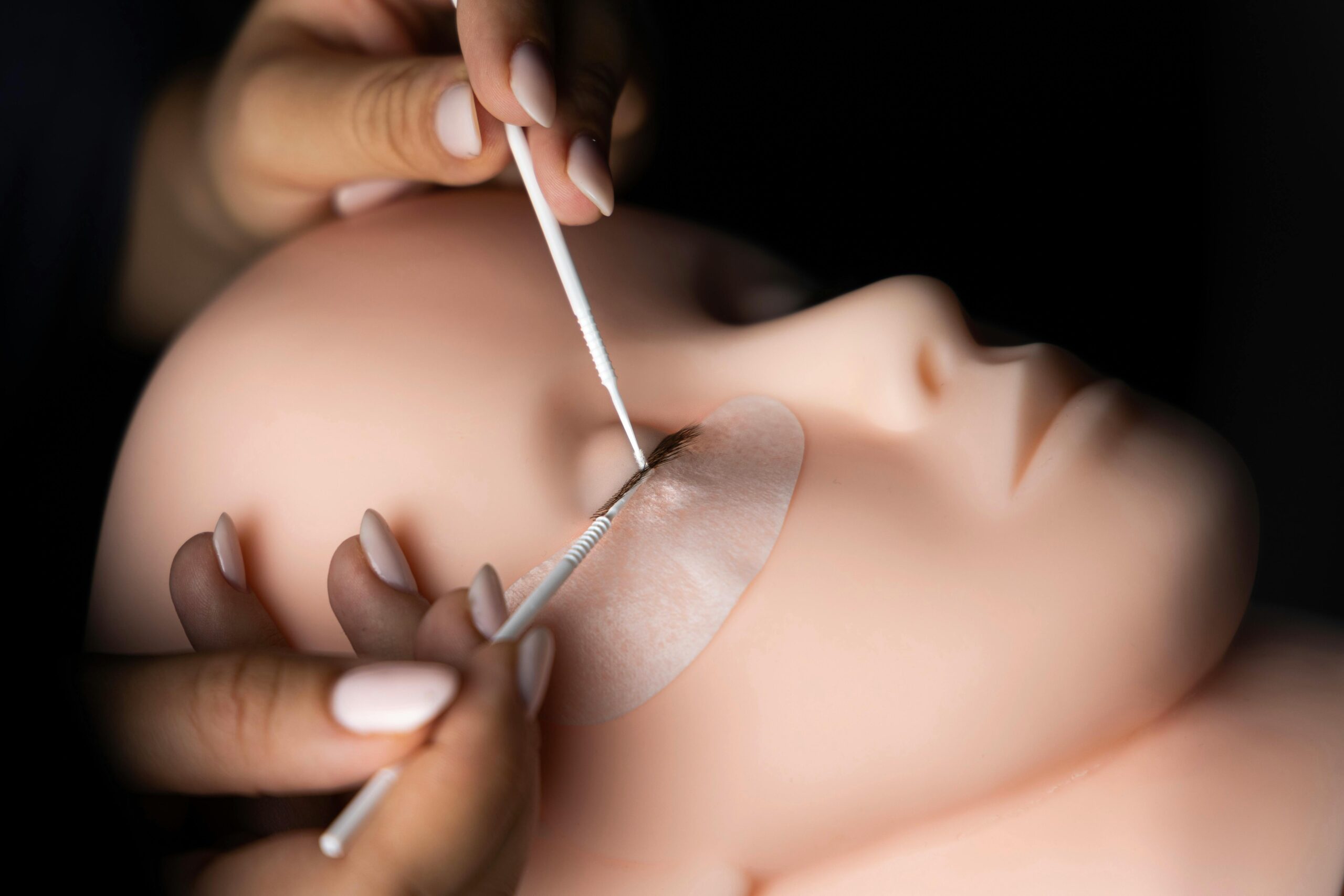Are you fascinated by the magic of animation and dream of bringing characters to life on screen? A career as a rigging artist might be the perfect fit for you. Rigging artists play a crucial role in the animation industry, working behind the scenes to create the structures that allow characters to move realistically in films, TV shows, video games, and more.
To excel in a rigging artist role, you need a unique blend of technical skills, artistic talent, and a passion for storytelling. Let’s explore the top 10 careers in animation that are perfect for aspiring rigging artists:
- Rigging Artist: As a rigging artist, you will be responsible for creating the skeletal structures and control systems that enable characters to move and emote on screen. This role requires a deep understanding of anatomy, 3D software proficiency, and problem-solving skills.
- Character TD: Character Technical Directors, or TDs, focus on the technical aspects of character animation, including rigging, skinning, and simulation. They work closely with animators to ensure that characters move realistically and express emotions effectively.
- Creature TD: Creature Technical Directors specialize in rigging and animating complex creatures, monsters, and fantastical beings in the world of animation. They bring these creatures to life by creating intricate rigs and controls that allow for realistic movements.
- VFX Artist: Visual Effects Artists create stunning visual effects for films, TV shows, and video games. They work on a wide range of projects, from adding explosions and destruction effects to enhancing environments and creating magical elements.
- Technical Animator: Technical Animators bridge the gap between art and technology, focusing on creating tools and rigs that enhance the animation process. They collaborate with animators and developers to improve workflow efficiency.
- Pipeline TD: Pipeline Technical Directors play a crucial role in developing and maintaining the technical infrastructure that supports the animation pipeline. They ensure that data flows smoothly between different departments and software applications.
- Motion Capture Specialist: Motion Capture Specialists capture real-world movements and translate them into digital animations. They work with actors and animators to create lifelike character movements for films, games, and virtual reality experiences.
- Facial Rigger: Facial Riggers specialize in creating rigs for facial expressions and emotions. They ensure that characters’ faces can convey a wide range of emotions, adding depth and realism to animated performances.
- Technical Director: Technical Directors oversee the technical aspects of animation projects, ensuring that the creative vision is realized efficiently and effectively. They collaborate with artists, programmers, and producers to deliver high-quality animations.
- Lead Rigger: Lead Riggers take on a leadership role in the rigging department, overseeing a team of rigging artists and ensuring that projects are completed on time and to the highest standards. They provide guidance, mentorship, and technical expertise to their team members.
Each of these careers offers exciting opportunities for aspiring rigging artists to showcase their skills, creativity, and technical prowess in the dynamic world of animation.
Whether you’re interested in character rigging, creature animation, visual effects, or technical development, there’s a role that’s perfect for your unique talents and interests.
Conclusion
In the competitive landscape of animation, mastering rigging artist jobs requires dedication, continuous learning, and a passion for pushing the boundaries of what’s possible in digital storytelling.
By honing your skills, building a strong portfolio, and networking within the industry, you can position yourself for success and unlock a world of creative opportunities in the ever-evolving field of animation.
Key Takeaways:
- Rigging artists work to create structures that allow characters to move realistically in films, TV shows, and video games.
- They need a strong blend of technical skills, creativity, and problem-solving abilities.
- Character rigging involves ensuring characters can move naturally and express emotions effectively.
- Creature rigging focuses on creating complex, realistic movement for creatures and fantasy beings.
- Visual effects artists create impressive effects for action scenes, environments, and magical elements.
- Technical animation involves developing tools that make the animation process smoother and more efficient.
- Some roles involve capturing real-world movements and turning them into lifelike animations for digital characters.
- Facial rigging is focused on bringing character expressions and emotions to life.
- Leadership roles involve overseeing teams to ensure the quality and completion of animation projects.
- Each role requires dedication, continuous learning, and a passion for advancing digital storytelling.
To further enhance your skills and industry knowledge, consider enrolling in the NYU Animation Industry Essentials online course and certificate program offered by Yellowbrick.
This program can provide you with valuable insights and practical training to kickstart your career as a successful rigging artist in the animation industry.



